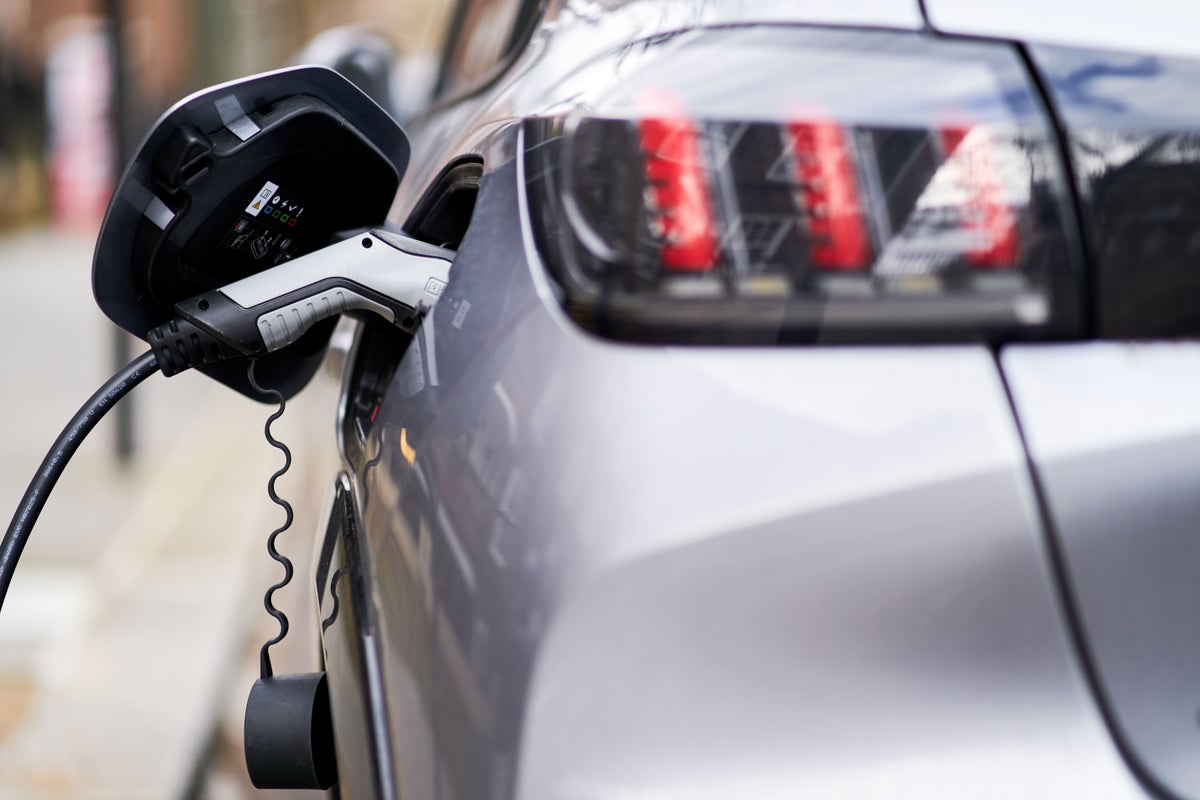Home / Environment / Plug-In Hybrids Emit Nearly 5 Times More Pollution Than Lab Tests Suggest
Plug-In Hybrids Emit Nearly 5 Times More Pollution Than Lab Tests Suggest
16 Oct
Summary
- Plug-in hybrids emit 4.9 times more CO2 in real-world driving than in lab tests
- Plug-in hybrids only reduce emissions by 19% compared to petrol and diesel cars
- Plug-in hybrids are more expensive to drive and buy than clean alternatives

According to a recent analysis, plug-in hybrid vehicles (PHEVs) are failing to live up to their emissions-reducing claims. The non-profit group Transport and Environment examined data from 800,000 European cars between 2021 and 2023 and found that PHEVs emit nearly five times more "real-world" pollution than suggested by lab tests.
The report revealed that PHEVs only reduce CO2 emissions by 19% compared to traditional petrol and diesel cars, a far cry from the 75% reduction previously claimed in lab tests. This growing gap between official and actual emissions is a major concern, as PHEVs are now polluting almost as much as regular gasoline-powered vehicles.
The issue is exacerbated by the trend towards longer electric ranges in PHEVs. Bigger batteries make the vehicles heavier, causing them to burn more fuel when operating in engine mode. Even when driven in electric-only mode, the electric motors often lack the power to operate alone, requiring the combustion engine to kick in for nearly a third of the distance.
Beyond the environmental impact, the report also found that PHEVs cost drivers €500 (£430) more per year to fuel and charge than claimed. Additionally, the average selling price of PHEVs in Germany, France, and the UK in 2025 is expected to be €15,200 (£13,200) higher than the average price of a battery electric car.
As the European car industry pushes to continue selling hybrids after the EU's 2035 deadline for zero-emission vehicles, experts warn that weakening the rules would be a "hole in the hull" of the continent's car CO2 law. Instead, they argue, the focus should be on steering the market towards more affordable and truly clean zero-emission cars.



